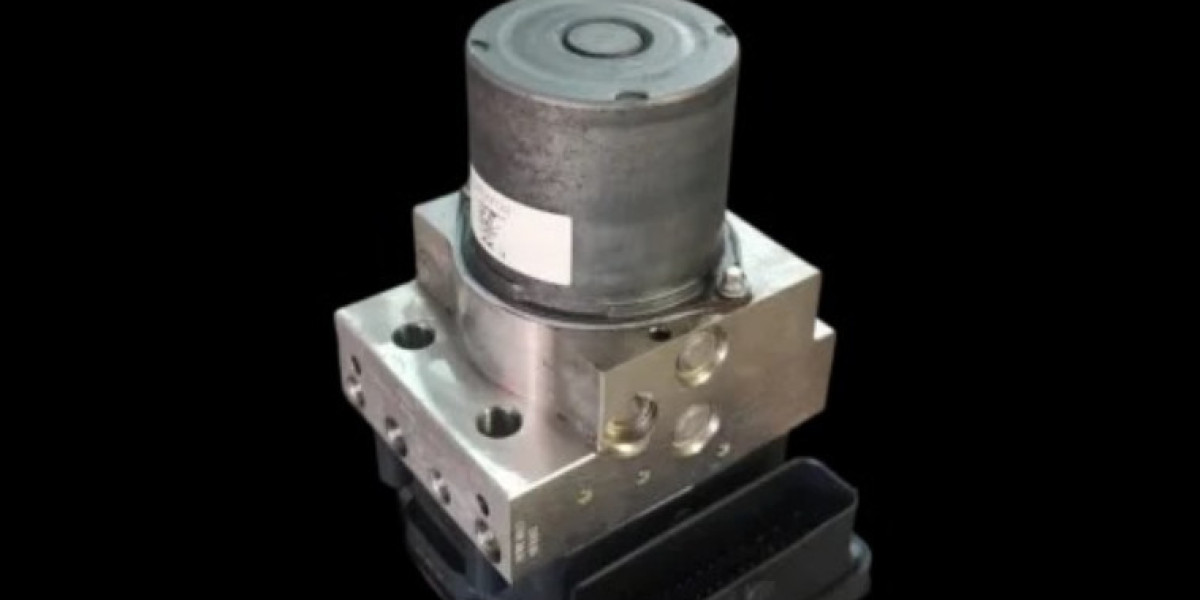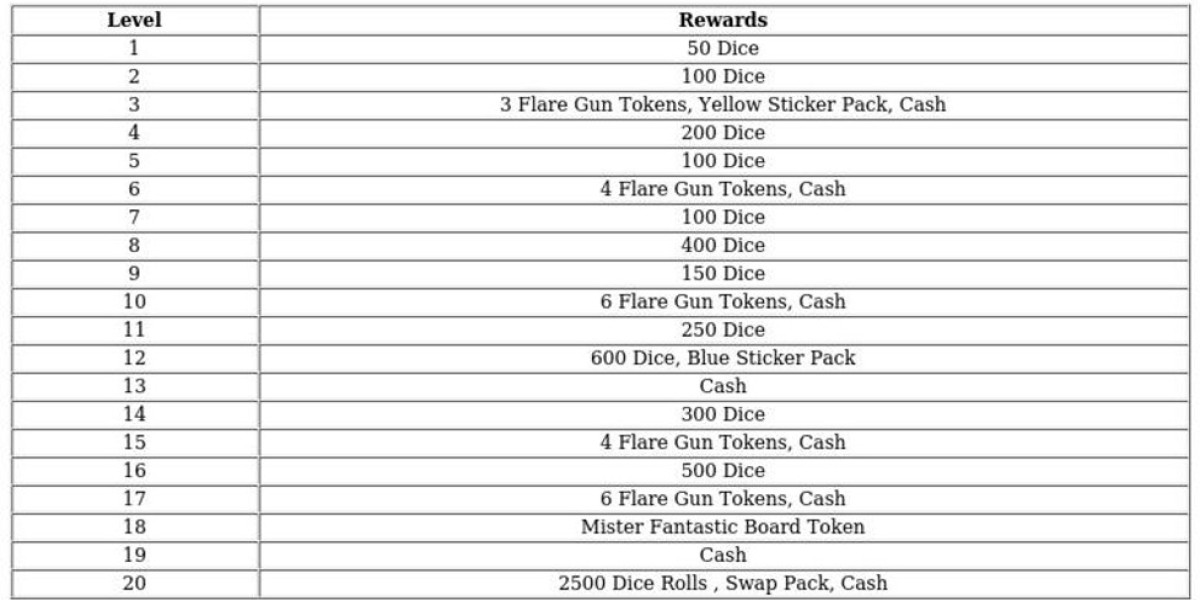What the Brake System Warning Light Really Means: A Driver’s Guide to Safety
Your vehicle’s dashboard is filled with warning lights designed to alert you when something isn’t working as it should. While some lights are minor or even just informative, others signal serious issues that should never be ignored. One of the most important among these is the brake system warning light.
If you've ever seen this light flicker on while driving, you know it can be alarming—and it should be. Your braking system is a key safety feature, and any problem with it requires immediate attention. In this guide, we’ll explore the purpose of the brake system warning light, why it comes on, and what you should do when it does.
What Is the Brake System Warning Light?
The brake system warning light is a dashboard indicator that notifies drivers of a potential issue within the vehicle’s braking system. Typically red in color and represented by a circle with an exclamation mark, or simply the word “BRAKE,” it’s designed to get your attention fast.
Unlike check engine lights that can sometimes signal minor concerns, the brake warning light usually indicates a safety-critical issue. That’s why taking action immediately is crucial.
What Causes the Brake System Warning Light to Come On?
There isn’t a one-size-fits-all reason for the brake system warning light to activate. It could be something as minor as leaving the parking brake engaged or something as serious as a failure in the brake lines. Here are some of the most common causes:
1. Low Brake Fluid
Brake fluid is essential for transferring the force from your foot on the brake pedal to the wheels. If the fluid is low, the hydraulic pressure decreases, compromising your ability to stop. Low levels often point to leaks or worn brake pads.
2. Worn Brake Pads
As brake pads wear down, the calipers need to extend further to create the necessary pressure. This can cause brake fluid levels to drop, triggering the warning light. Some systems also include wear sensors that directly activate the light.
3. Engaged Parking Brake
One of the simplest reasons the light comes on is because the parking brake is still engaged. Even slightly applying the parking brake while driving can activate the warning light.
4. Brake Line or Master Cylinder Issues
A leak or failure in the brake lines or master cylinder can significantly impact braking performance. In such cases, the brake system warning light serves as an urgent alert that your brakes may not function correctly.
5. ABS Problems
Though ABS (Anti-lock Braking System) usually has a separate warning light, some vehicles will also illuminate the general brake light if the ABS malfunctions, especially if the issue affects the system as a whole.
6. Sensor or Electrical Faults
Not all brake warning lights indicate mechanical failure. Sometimes a sensor error or faulty electrical connection can trigger the light falsely, though it should still be inspected to rule out genuine problems.
Immediate Steps to Take When the Brake Warning Light Comes On
The appearance of the brake system warning light requires immediate attention. Here's how to handle it:
1. Check the Parking Brake
Start with the basics. Make sure the parking brake is fully disengaged. If it is, and the light remains on, there’s likely another issue.
2. Pull Over Safely
If the light comes on while driving, pull over as soon as it’s safe to do so. Test the brakes gently. If they feel soft, spongy, or less responsive than usual, avoid driving further.
3. Inspect the Brake Fluid
With the engine off and the hood open, locate the brake fluid reservoir. Check the fluid level and top it off if it’s below the minimum line. Be sure to use the brake fluid type recommended in your vehicle manual. Note that adding fluid is only a temporary measure if there’s a leak or worn parts.
4. Avoid Hard Braking
If you must drive the vehicle to a nearby mechanic, do so cautiously. Avoid sudden stops and leave extra space between you and other vehicles. Use engine braking when possible.
5. Visit a Mechanic Immediately
Don’t delay professional inspection. Even if the light goes off after adding brake fluid, you still need to find out why the level dropped in the first place.
How to Prevent Brake System Issues
Prevention is always better than a roadside emergency. Here are a few key practices to avoid brake problems and keep the warning light off:
Check Brake Fluid Regularly: Make it a habit to check your brake fluid level every few weeks or before long trips.
Have Your Brakes Inspected Periodically: Most experts recommend a brake check every 10,000 to 15,000 miles, or during routine servicing.
Replace Brake Pads Promptly: Don’t wait for grinding noises or reduced braking power. Replacing pads early helps preserve other components.
Pay Attention to Brake Feel and Sound: Spongy pedals, squealing, or vibration when braking are all early signs of trouble.
Drive Responsibly: Avoid hard braking and overloading your vehicle, both of which can accelerate brake wear.
Why Ignoring the Brake Warning Light Is Dangerous
Some dashboard lights might be safely ignored for a short time, but the brake system warning light is not one of them. Failing brakes put your safety—and that of everyone around you—at immediate risk. Brake failure often occurs without much warning, and ignoring this light could lead to a situation where stopping becomes impossible.
Even if the car seems to be driving normally, hidden problems could be brewing under the surface. Don’t take that chance.
Final Thoughts
The brake system warning light is one of the most important alerts in your vehicle. It’s there to protect you and alert you when your ability to stop safely may be compromised. Whether it’s low fluid, worn pads, a leak, or a malfunction in the system, the message is clear: don’t delay.
The moment you see this light, take it seriously. Perform a quick check, drive cautiously if needed, and schedule a professional inspection without hesitation. Your brakes are your first and last line of defense on the road. Treat them with the care and urgency they deserve.













